Elevate Your Garden's Greenery with Creeping Fig
Adaptable to various light conditions, the Creeping Fig thrives in both sun and shade, making it a favoured choice for landscaping and vertical gardening. With its tenacious growth and low-maintenance nature, Ficus pumila is a charming addition to spaces seeking natural elegance and greenery.
If you're thinking of transforming your outdoor space by designing a garden that will include the Creeping Fig plant, here's everything to know about this charming evergreen climber.
How to Plant Ficus Pumila (Creeping Fig)?
To successfully incorporate Ficus pumila or Creeping Fig into your space, follow these simple planting steps:
- Choose a spot with partial to full shade, ensuring the soil is well-draining.
- Improve the soil with organic matter to enhance fertility and drainage.
- Space the Creeping Fig plants about 1 metre apart, allowing room for spreading. Dig holes twice the size of the root ball, place the plants, and backfill with soil.
- Keep the soil consistently moist, especially during the establishment phase. Prune to control growth and shape the vine as desired.
Why Should You Buy Creeping Fig (Ficus Pumila)?
Ficus pumila, or Creeping Fig, provides numerous benefits for both indoor and outdoor settings:
- Aesthetic Appeal: Creates an enchanting green wall or ground cover with its dense foliage.
- Low Maintenance: Thrives in various conditions, requiring minimal care and attention.
- Air Purification: Acts as a natural air purifier, improving indoor air quality by filtering out pollutants.
- Versatility: Adaptable to vertical and horizontal spaces, making it ideal for landscaping and decorative purposes.
- Erosion Control: Helps prevent soil erosion when planted on slopes, providing stability to the landscape.
How to Care for Creeping Fig (Ficus Pumila)?
From light preferences to pruning techniques, these steps contribute to the overall health and aesthetic appeal of the Creeping Fig.
- Place in partial to full shade, avoiding harsh sunlight. Maintain a temperature range of 13-24°C.
- Keep the soil consistently moist but not waterlogged. Allow the top inch of soil to dry before watering.
- Regularly trim to control size and shape, promoting dense foliage. Remove any dead or damaged growth.
- Feed with a balanced liquid fertiliser during the growing season, typically spring and summer. Avoid over-fertilising to prevent excessive growth.
Things to Consider When Growing Creeping Fig
The creeping fig plant is an excellent addition to any garden that needs its foliage for cascading effects. It's also easy to grow since it can thrive in various sun exposures, from partial to full sunlight.
It is, however, worth noting that Creeping Fig has the tendency to be invasive due to its climbing growth habit. Regular pruning is essential to ensure it doesn't spread beyond its allotted area.
The plant's clinging roots is also likely to weaken bricks or wood surfaces, affecting particularly older structures. It can also overgrow without regular pruning, leading to the suffocation of nearby plants.
Most importantly, Creeping Fig can be mildly toxic to pets if consumed in large quantities. This toxicity is attributed to the plant's sap containing toxic elements.
Treating Creeping Fig for Signs of Pests and Diseases
The creeping fig plant can be vulnerable to common pests, including aphids, mealybugs, whiteflies, and scale insects. You'll spot these pests by the tell-tale signs of stunted or deformed growth and yellowing leaves.
To treat your plant from pests infestation, solutions like neem oil and mild insecticidal soap usually help manage the problem. Horticultural oils can also be effective to deal with scale insects and so is rubbing alcohol when applied to affected areas.
Other potential issues aside from pests are fungal diseases like leaf spot. Ensure excellent air circulation if you want to be proactive about it. Overhead watering must also be avoided.
You can use fungicides to help repair your plant's health. If the issue is root rot, avoid overwatering and ensure the plant is planted in a well-drained soil.
Where Can I Buy Ficus Pumila (Creeping Fig)?
Ready to transform your lawn and elevate your outdoor space with a Ficus pumila? Look no further than the Local Botanist. Browse through our green products and bring the joy of nature to your doorstep!
Not sure which garden style is best for you? Take our Garden Quiz to find out.
Companion Plants for Creeping Fig
Coming across remarkable green beauties like the creeping fig plant only makes you want to design your own garden. If that's the case, then you certainly need other plants to grow alongside it, transforming your space into a relaxing haven you've always dreamed of.
Ready to begin? Here are some great companion plants to consider:
- French Lavender: Lavender's purple hues give a charming contrast when paired with Creeping Fig's lush foliage.
- White Agapanthus: The flowers of White Agapanthus add colour and height when set next to Creeping Fig's trailing growth.
- Silver Fern: This stunning fern will work well alongside Creeping Fig, especially if aiming for a lush, tropical look.
- Devil's Ivy: Adding another cascading plant with air-purifying benefits and ability to grow in low-light conditions, just like Creeping Fig, is also a great idea for a companion plant.
| Weight | 2 kg |
|---|---|
| Pot Size | 140mm |
Detailed Information
| Typical height | 3-4 metres as a climbing vine, 30-60 cm as a ground cover |
|---|---|
| Minimum temperatur tolerance | Generally frost-sensitive, prefers warmer climates |
| Climate | Adaptable but thrives in tropical to subtropical climates |
| Light conditions | Partial to full shade |
| Growth habit | Low-growing, creeping vine with trailing and clinging stems |
| Growth conditions | Requires well-draining soil, moderate moisture, and support for climbing |
Q: Is Ficus pumila (Creeping Fig) easy to grow?
Yes, Ficus pumila, or Creeping Fig, is generally easy to grow. It thrives in various light conditions, from partial shade to full sun, and is adaptable to different soil types.
With minimal maintenance requirements, including regular pruning to control its growth, Creeping Fig is a resilient and low-maintenance choice for both indoor and outdoor settings.
Q: Can Ficus pumila grow from cuttings?
Yes, Ficus pumila can propagate from cuttings. To propagate, take a 10-15 centimetres cutting, remove lower leaves, and plant in well-draining soil. Keep the soil consistently moist until roots develop.
Alternatively, you can buy Ficus pumila cuttings from nurseries for a convenient start to cultivating this plant.
Q: How long does it take for a Ficus pumila to grow?
The growth rate of Ficus pumila varies depending on factors like climate and care. In optimal conditions, this fast-growing vine can cover surfaces quickly, achieving significant growth within a year or two.
Q: How do you make Creeping Figs grow faster?
To encourage faster growth in Creeping Figs, ensure they receive ample sunlight, ideally in partial shade. Provide well-draining soil rich in organic matter, and maintain consistent moisture without overwatering.
Employ a balanced liquid fertiliser during the growing season, and consider pruning to stimulate branching and density. Additionally, moderately increase humidity levels around the plant to foster optimal growth conditions.
Q: How deep should soil be for Creeping Fig?
For Creeping Fig, the soil depth should be sufficient to accommodate the plant’s root ball comfortably. When planting, dig a hole approximately twice the diameter of the root ball and at a depth equal to the root ball’s height.
This ensures a well-prepared planting site, allowing the roots to establish and the plant to thrive.
Q: Can you grow Creeping Figs in a pot?
Yes, Creeping Figs thrive in pots, making them an excellent choice for container gardening. Ensure the pot has good drainage, use well-draining soil, and place the plant in a location with the appropriate light conditions.
Container-grown Creeping Figs are versatile, allowing you to easily move and control their growth, making them suitable for both indoor and outdoor environments.
Regular monitoring of soil moisture and occasional pruning will help maintain a healthy and attractive potted Creeping Fig.
Creeping Fig
Ficus pumila
- In stock
- Delivery within 1-3 days based on location.
- Local pickup by appointment only
- Delivery Fees and Minimum Purchase
Ficus pumila, also known as Creeping Fig, is a versatile and resilient evergreen vine celebrated for its attractive, dense foliage, and climbing capabilities. Native to East Asia, this plant has found widespread popularity in gardens and indoor spaces worldwide. Its small, heart-shaped leaves densely cover walls, fences, and other surfaces, creating a lush green tapestry that should fit to any garden ideas you’re looking of bringing to life.
Synonyms: Ficus stipulata, Ficus longipedicellata, Climbing Fig, Creeping Ficus, Creeping Rubberplant, Ara Jalar
Payment methods
Your payment information is processed securely. We do not store credit card details nor have access to your credit card information.

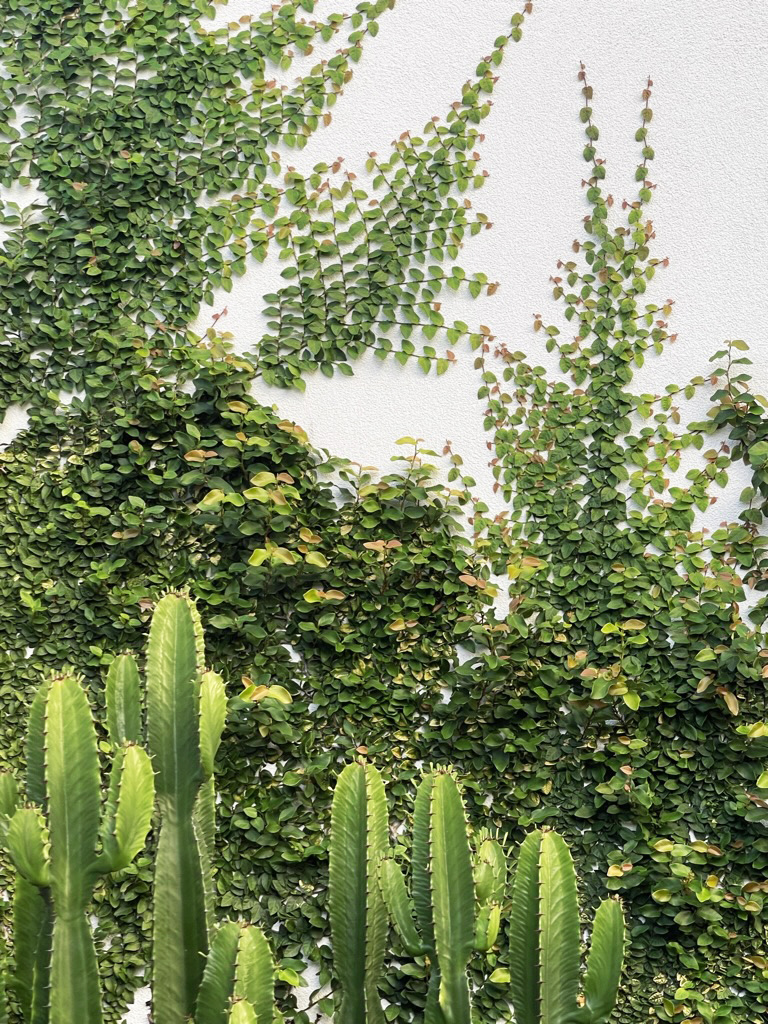
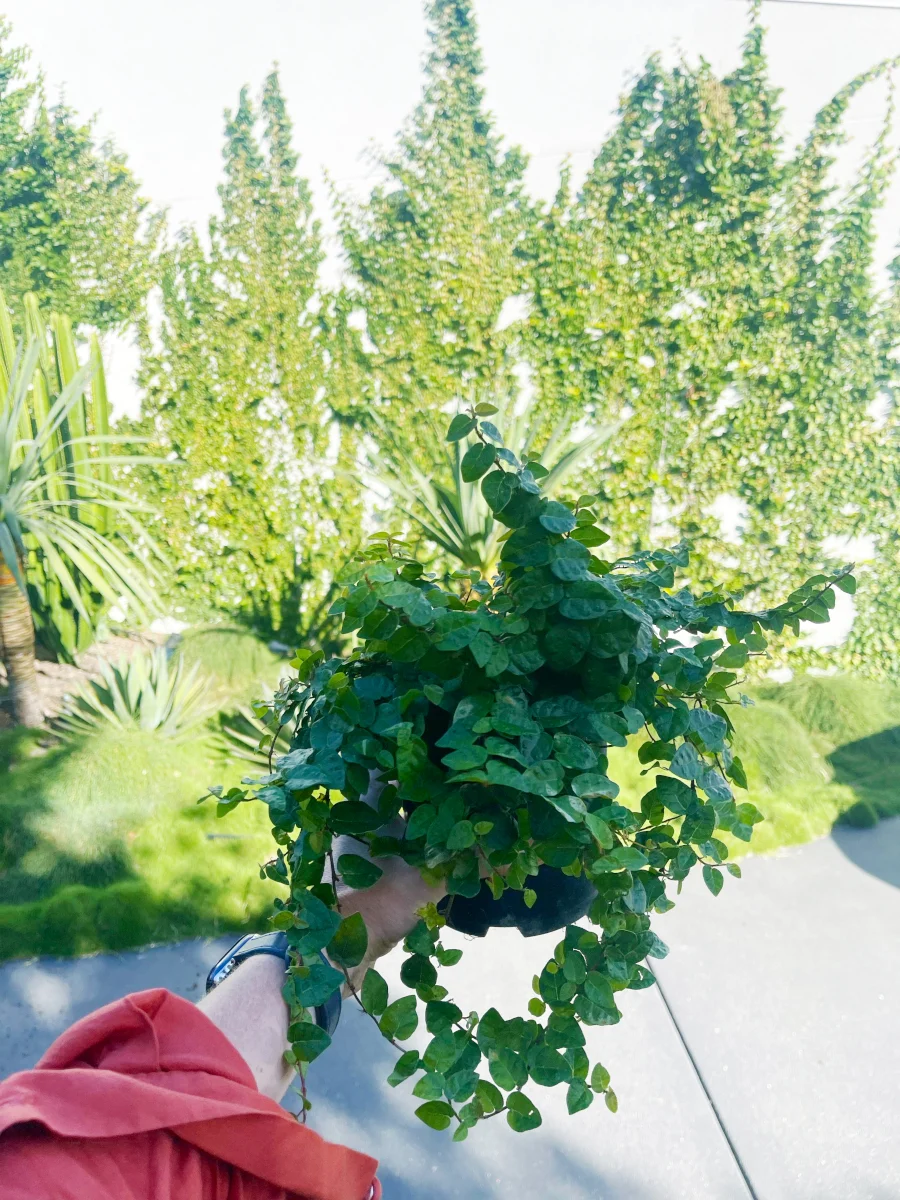
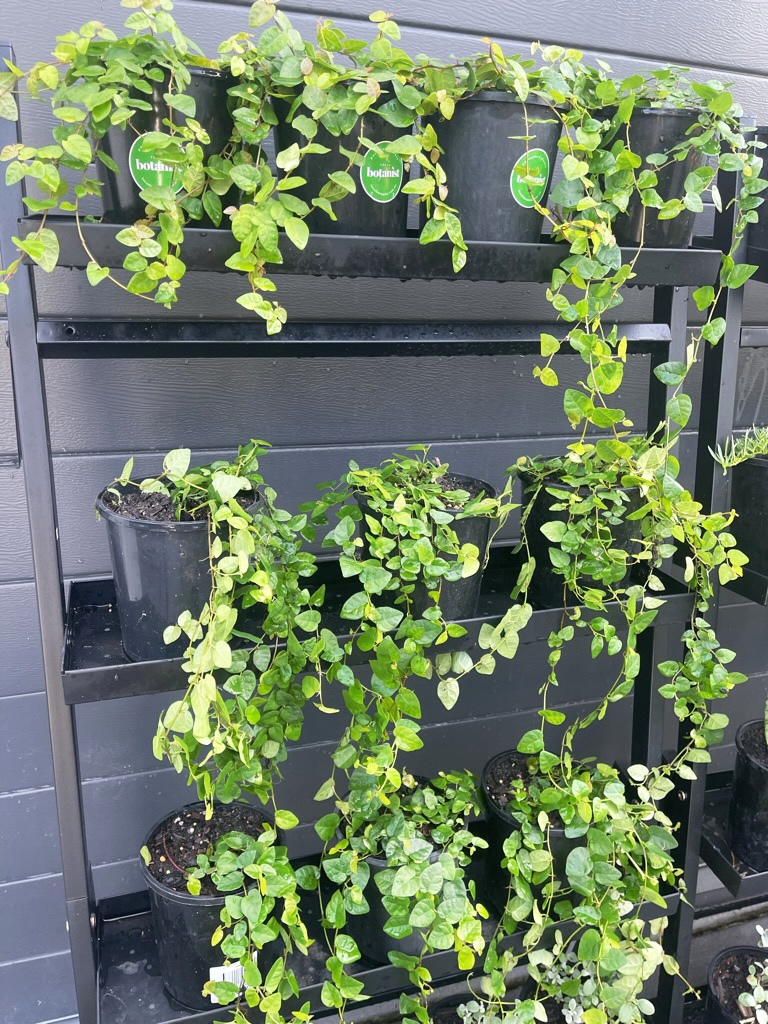
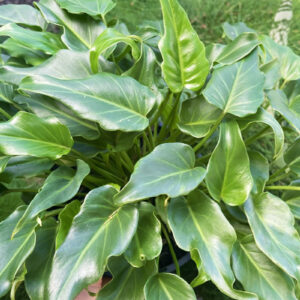
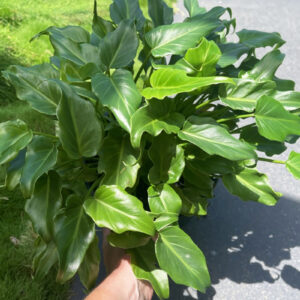
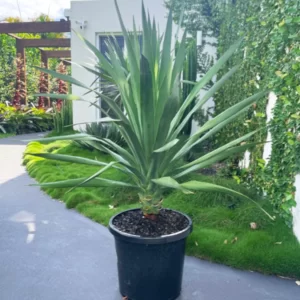
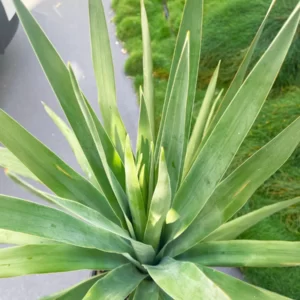
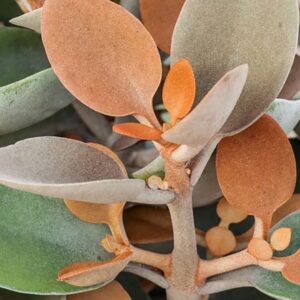



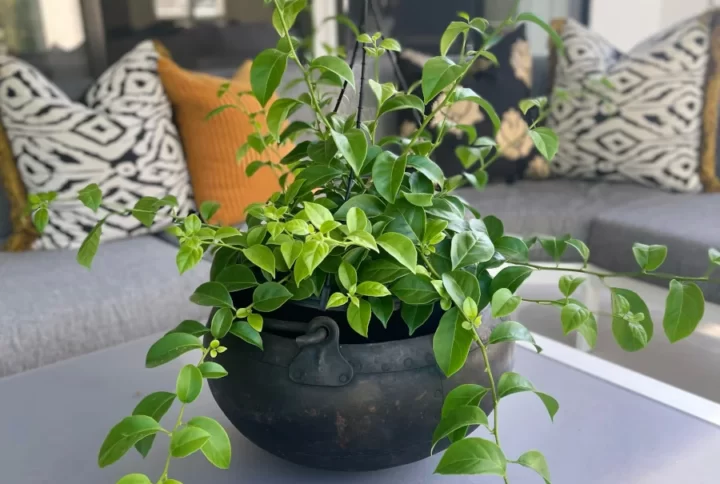
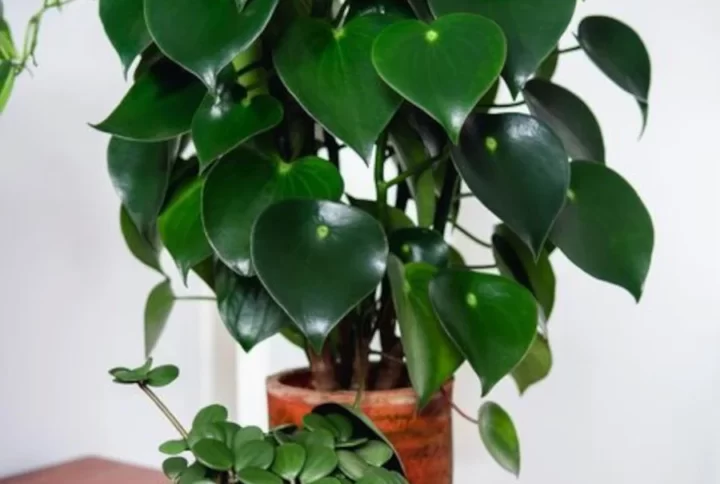
Reviews
There are no reviews yet.